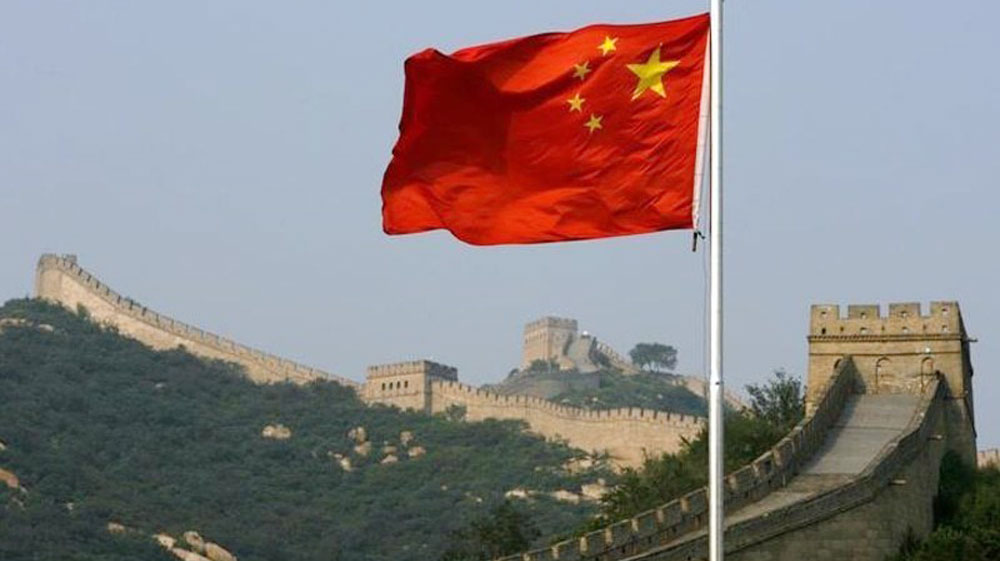China to Launch New ‘K Visa’ for Young Science & Tech Talent from October 2025
Starting October 1, 2025, China will roll out a brand-new K Visa designed to attract young science and technology professionals from across the globe. The move is part of Beijing’s broader push to boost innovation, strengthen its tech ecosystem, and welcome skilled talent to contribute to the country’s research and development.
What is the K Visa?
Under China’s updated immigration policy, the K Visa will be granted to foreign STEM graduates and early-career professionals in science, technology, engineering, and mathematics. Eligible applicants include:
-
Graduates with at least a bachelor’s degree from recognized universities or research institutions worldwide.
-
Young professionals involved in education, research, or innovation in relevant fields.
Why Introduce This Visa?
The K Visa supports China’s Talent Power Strategy, which focuses on:
-
Attracting highly skilled young talent.
-
Promoting global tech collaboration.
-
Making it easier for innovators to live, work, and create in China.
Key Benefits of the K Visa
-
No job offer needed before applying.
-
Flexible entry terms and potential long-stay options.
-
Open to activities like research, entrepreneurship, education, and cultural exchange.
-
Access to opportunities in major cities as well as emerging tech hubs across China.
Potential Impact
Experts believe the K Visa could:
-
Boost early-career opportunities for global innovators.
-
Strengthen China’s smaller tech hubs and startup communities.
-
Attract overseas Chinese-origin talent back for collaboration.
-
Enhance China’s global image as an open, innovation-friendly destination.

What’s Next?
The Ministry of Foreign Affairs will soon release detailed guidelines on:
-
Application procedures.
-
Required documents.
-
Possible online application systems.
Some cities may also offer housing subsidies, startup grants, and innovation hub access to attract top talent under the new program.
The K Visa is more than just an immigration change—it’s a strategic step in the global race for technology leadership. For young scientists, engineers, and innovators, October 2025 could open the door to new opportunities in one of the world’s fastest-growing innovation markets.

